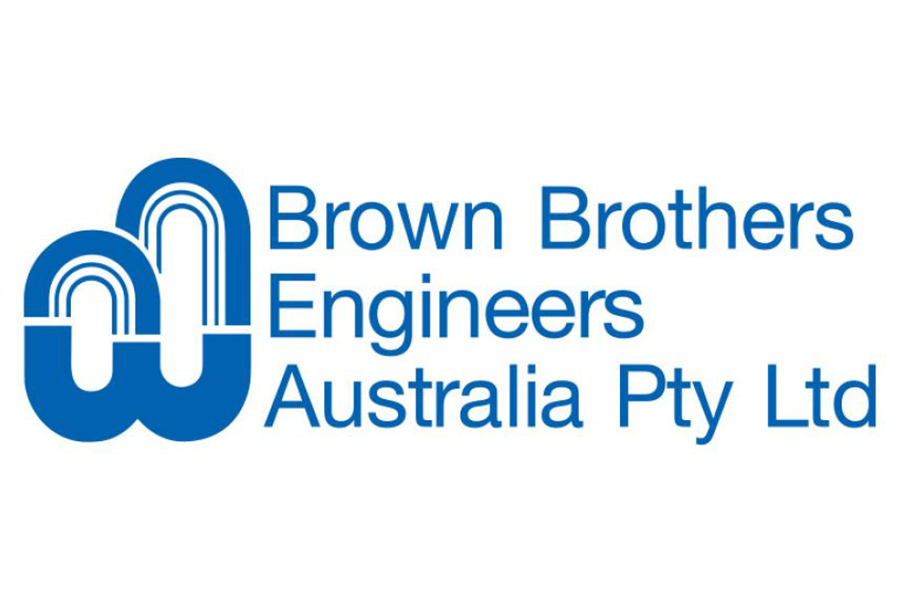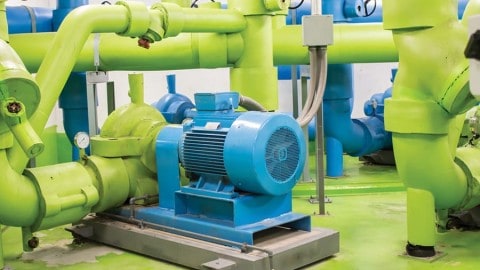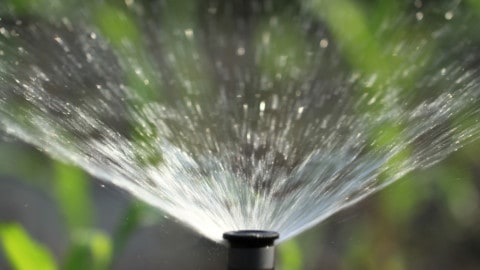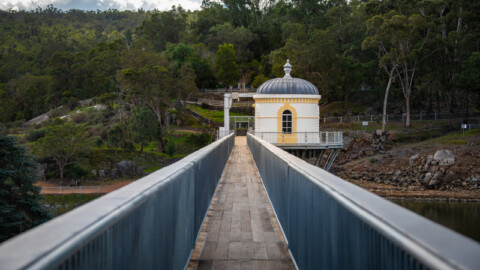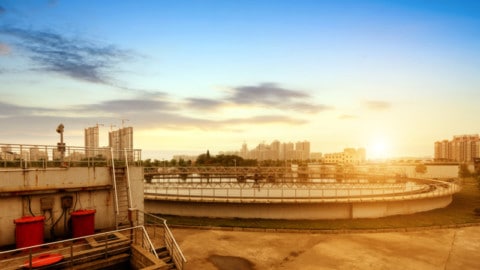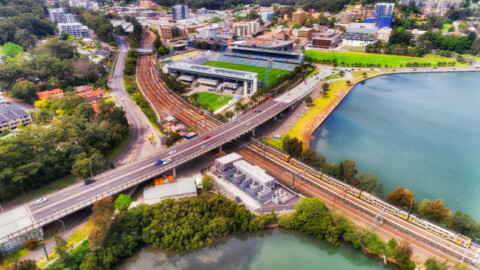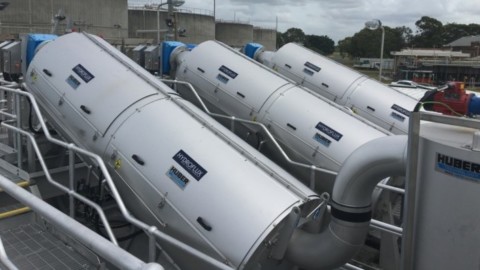The Gold Coast Desalination Plant at Tugun will begin operating at full capacity to allow for critical upgrades to the Mt Crosby Water Treatment Plant.
The desalination plant is scheduled to provide up to 133 million litres – the equivalent of 50 Olympic-sized swimming pools – per day into the South East Queensland (SEQ) water grid while the Mt Crosby plant is taken offline for the next stage of critical works.
Natural Resources Minister, Dr Anthony Lynham, said the Mount Crosby plant was one of SEQ’s most important water treatment plants, and would take more than two and a half years to complete, generating up to 100 jobs amidst the COVID-19 pandemic.
Since the February 2020 rainfall, the desalination plant has produced more than 1,200 million litres of water to supplement SEQ drinking water while maintenance and upgrade works were undertaken.
The plant was also used during the 2019-20 financial year to increase water production in response to the drought.
In addition, maintenance works for the Molendinar and Mudgeeraba Water Treatment Plants are scheduled for 2021, meaning the desalination plant will be required to increase production to supplement local Gold Coast supply.
Dr Lynham said the $35 million filter upgrade at the Mt Crosby East Bank Water Treatment Plant highlights the importance of the desalination plant beyond emergencies and extreme weather.
“The SEQ water grid means the south-east corner has one of Australia’s most reliable water supplies,” Dr Lynham said.
“Having the desalination plant and the water grid available provides significant security of supply during times when we need to take major water treatment plants offline.
“It allows critical works to be undertaken in a cost-effective and efficient way. This is about being smart in how we use our water assets.’’
The plant last operated at up to full capacity from November 2019 to January 2020 to help provide relief when the water grid dropped below 60 per cent capacity.
It has also been used to supplement Brisbane’s drinking water during floods in 2011 and 2013, which caused the Mount Crosby Water Treatment Plant to be shut down.
Gold Coast Desalination Plant at a glance
The Gold Coast Desalination Plant was built in 2010 and operates in ‘hot standby’ mode, ready to increase production if and when required. While in standby mode, it can reach 100 per cent capacity in 72 hours.
When running at 100 per cent capacity, the Gold Coast Desalination Plant can contribute 133 million litres of water a day to South East Queensland’s drinking water supplies.
The plant uses energy recovery devices to improve the energy efficiency of producing drinking water. There are slightly fewer than 17,000 membrane elements at the facility.
Seawater is filtered through a 4m mushroom-like inlet structure on the seabed, 1km off the coast. Fish and marine animals are not drawn in, as the flow into the inlet is slower than the current.
The plant uses a process called reverse osmosis (RO), which forces the filtered sea water, at high pressure, through thousands of pressure vessels that contain semi-permeable membranes to remove all impurities, including salt and other minerals.




